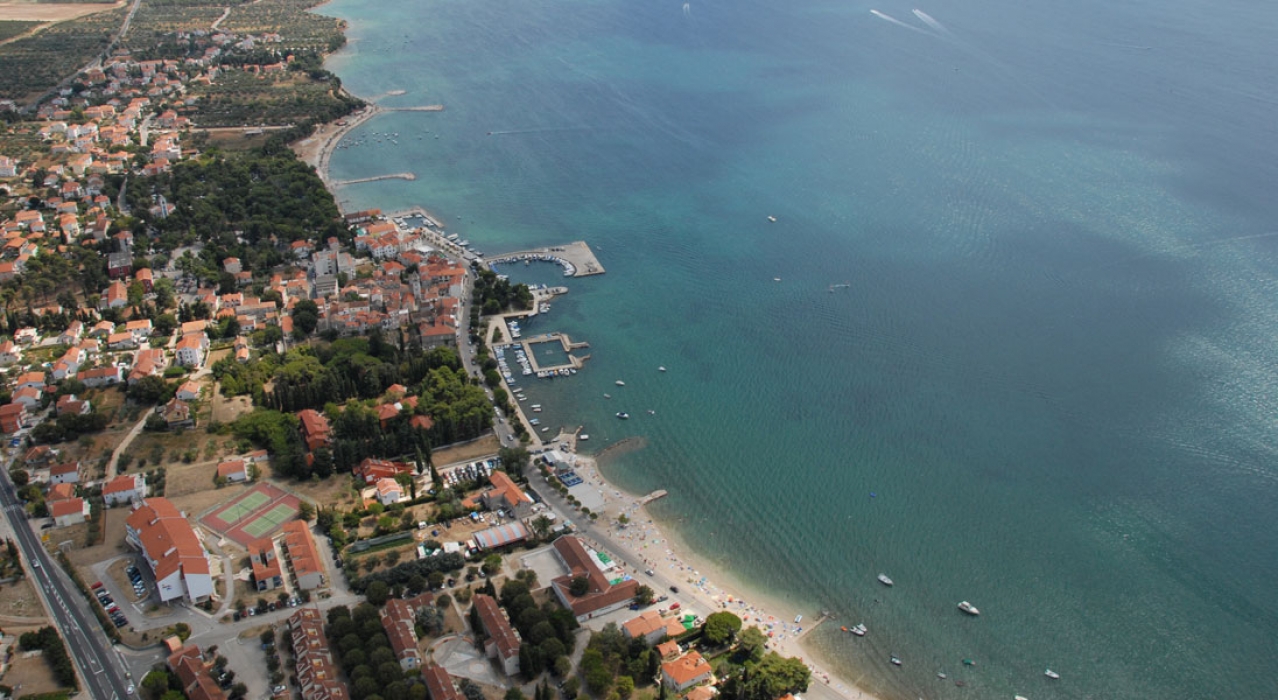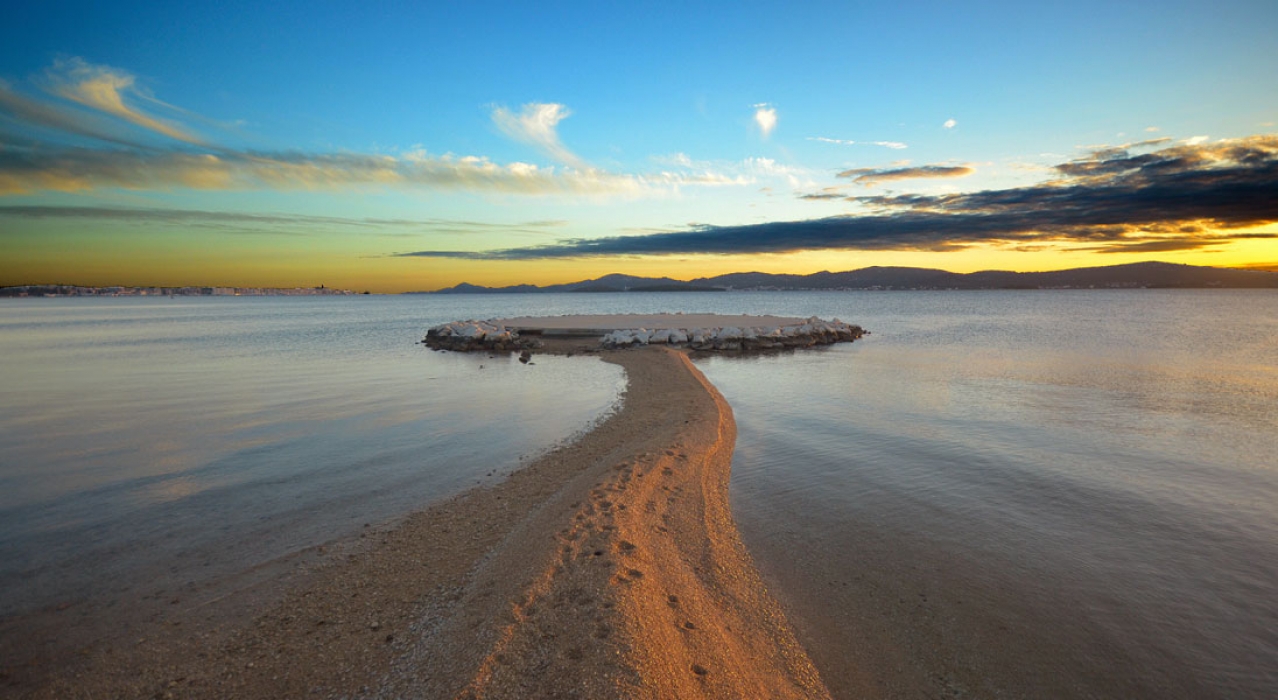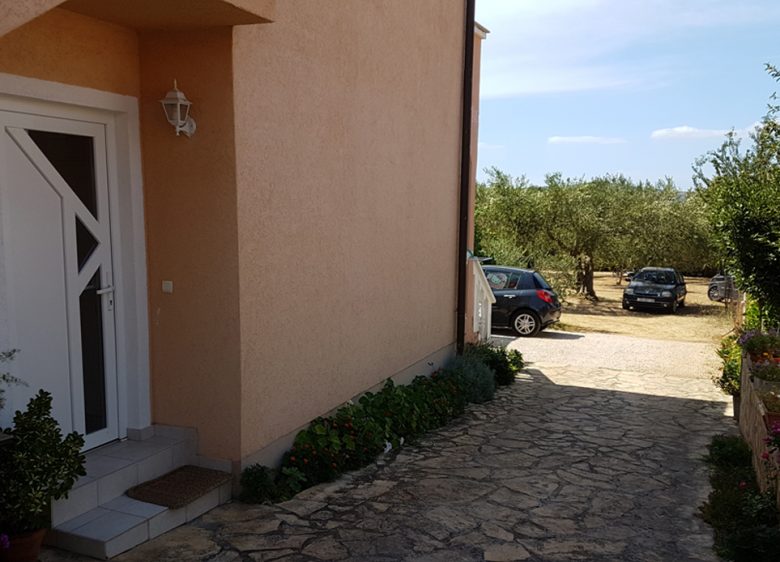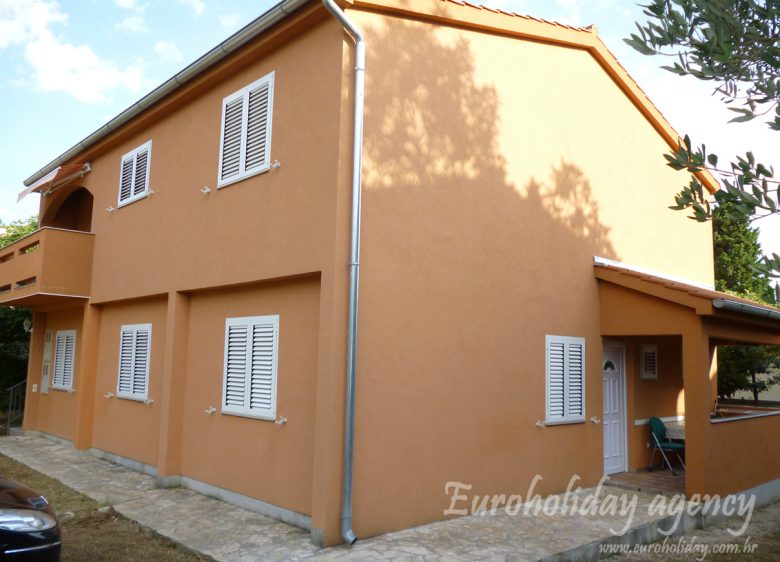Culture and history info
The settlement of Sv. Filip i Jakov sits on the location of former, small Liburni settlement erected three millennia ago and its remains are still visible nowadays in dry stone walls and tumuli. The Romans built farms and summer houses in the 1st century for their veterans.
However, it was only when the Croats arrived to this area that it became important for its location near the royal town of Biograd having its estates in the hinterland of Sv. Filip i Jakov. Croatian king Krešimir IV founded the Benedictine monastery of St. John (Samostan Sv. Ivana) in Biograd in 1059, and bestowed upon them his royal castle Rogovo with its large estate. In the nearby Rogovo, a medieval village located next to the church of St. Michael (nowadays St. Roch) and the castle Dvorine, a settlement was founded in the late medieval period forming a natural access to the sea for the rich Benedictine abbey.
In the area of the present settlement of Sv. Filip i Jakov, there used to be a homonymous church destroyed in the Hungarian-Venetian War in the 14th century. The first residential buildings in Sv. Filip i Jakov were built by the people from Rogovo at the end of the 15th and the beginning of the 16th century. The first written record of the settlement, according to archive documents, dates back to 1387 – sub Rogoua ad sanctus Philipum et Jacobum, and 1388 as “Contrada of Saint James” – positi Rogue iuxtra in contrata sancti lacobi. At the beginning of the War of Cyprus (1570 – 1573) the Ottomans gained the narrow surroundings of Sv. Filip i Jakov, and the settlement was populated by refugees from devastated Rogovo. The place was also destroyed during the Cretan War (1645 – 1647).
The Church of St. Roch from the 11th century is a Romanesque period monument, rarely preserved outside medieval littoral towns, for which reason it is categorised as the 2nd category cultural monument.






